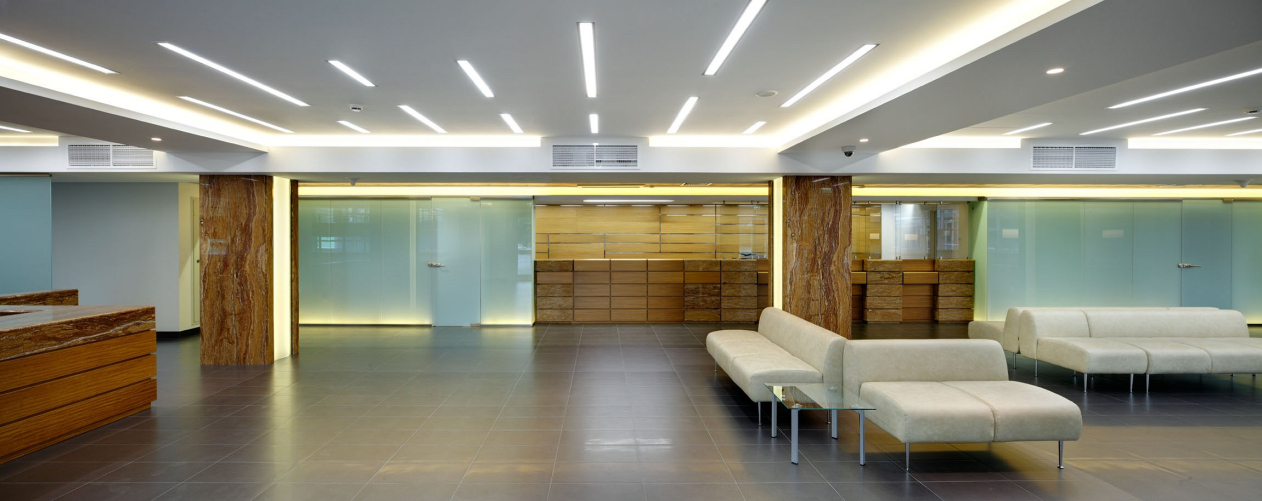Interior Design: the Healing Power
The interior design department of “ABD Architects” has completed the remodelling project for the multi-field hospital “Klinika 31”.






25 April 2012

Written by: